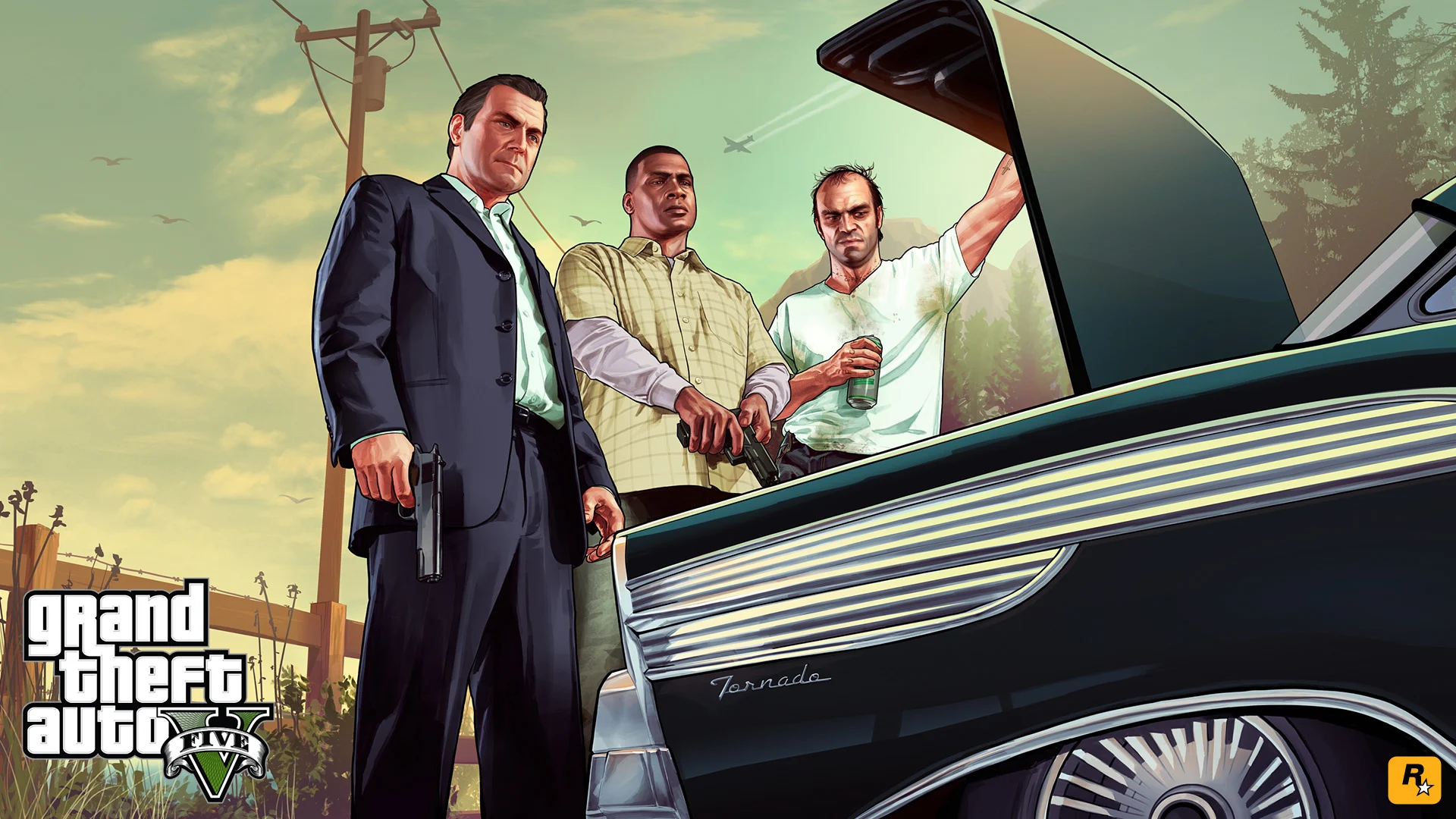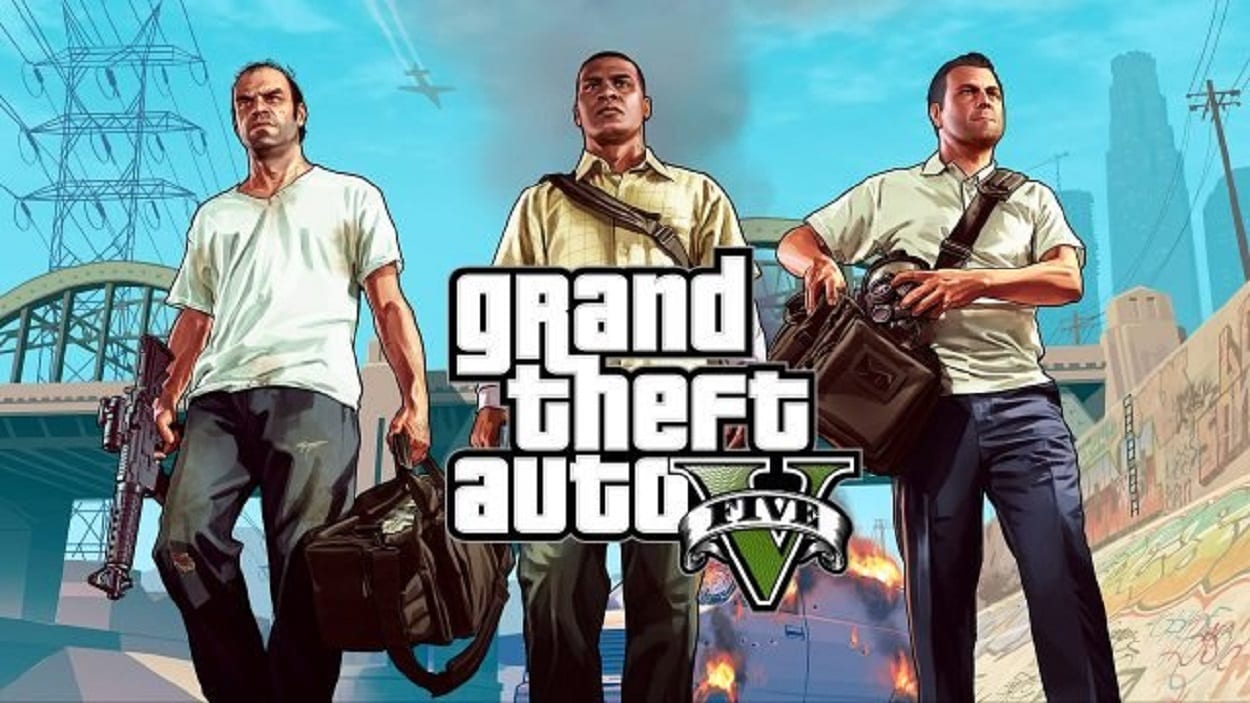Popular Now
Introduction
When Grand Theft Auto V (GTA V) was released in 2013, it revolutionized open-world gameplay with a variety of new mechanics, none more groundbreaking than its character switching system. Instead of one protagonist, players are given control of three distinct characters—Michael, Franklin, and Trevor—each with unique personalities, backgrounds, and skill sets. This innovative approach reshaped how stories are told in video games and how players interact with virtual worlds. In this article, we’ll dive deeply into the character-switching mechanic, exploring its narrative implications, technical execution, impact on player experience, and its legacy in the gaming industry. This is not a general overview, but an extensive examination of one of the most daring design decisions in modern gaming.
The Genesis of a Multi-Protagonist System
Rockstar Games was no stranger to ambitious design, but opting for three playable characters was a bold shift. The idea stemmed from wanting to create dynamic storytelling that wasn’t bound to a single viewpoint. Previous entries like GTA IV had rich narratives but were told through a singular lens, which often limited perspective and flexibility in mission design. With GTA V, Rockstar sought to emulate the feel of a heist movie ensemble, enabling simultaneous storytelling across different lives and situations.
From a development standpoint, implementing this feature was daunting. It required triple the motion capture, dialogue scripting, and character development. The design team had to build missions that could be played from multiple angles and ensure the world reacted appropriately to whichever character was active. This was not merely about variety—it was a fundamental restructuring of how open-world games could function.

The Narrative Benefits of Multiple Perspectives
Each character in GTA V represents a different social strata and perspective on crime in Los Santos. Michael is the retired bank robber struggling with suburban life, Franklin is the ambitious up-and-comer from the streets, and Trevor is the chaotic wildcard. The interwoven stories create a multi-dimensional plot, enabling the player to understand events from different motivations and moral standpoints.
This approach forces players to grapple with complex emotional reactions. While Trevor may appear unhinged, his loyalty and consistency stand in contrast to Michael’s hypocrisy or Franklin’s naiveté. Players switch between sympathizing with one character and judging another, adding depth and tension to decisions made during the game’s key moments.
Gameplay Variety Through Character Skills
Each character possesses a unique special ability that affects gameplay: Michael can enter bullet time during gunfights, Franklin slows time while driving, and Trevor enters a rage mode that reduces damage and increases his melee prowess. This adds tactical diversity to missions and allows players to approach challenges in varied ways depending on who they control.
Missions are often designed to highlight the individual strengths of characters. For example, high-speed chases favor Franklin, while intense firefights are tailored for Trevor. Heists often require juggling all three, switching on the fly to optimize success. This provides an organic tutorial on the strategic use of each persona without explicit handholding.
The Seamless Switching Mechanic
The switch system isn't just a narrative tool—it’s a technical marvel. At any point outside missions, players can zoom out into a Google Earth-style view of the map, hover over another character, and seamlessly switch to them. This is powered by pre-loading nearby assets and managing memory allocation efficiently in the background—a massive feat on 2013 hardware.
What’s more, the transitions are not just functional—they are cinematic and immersive. Players often find the other character already engaged in a slice-of-life moment: Franklin arguing with his aunt, Michael watching TV, or Trevor waking up in a dumpster. These humorous or poignant touches maintain immersion and further build character depth.
Player Freedom and Roleplay
The roleplay possibilities multiply when players consider each character’s lifestyle. Michael plays tennis and visits therapists, Franklin trains Chop or explores car culture, and Trevor… well, Trevor drinks, fights, and causes chaos in Blaine County. These side activities aren’t mere distractions—they reinforce who the character is in the world and how players may choose to inhabit that persona.
Each character essentially inhabits a different sub-world within Los Santos. Their friends, enemies, and locations vary, meaning a player’s experience can shift radically depending on who they are playing as. This variety breathes life into the city and encourages deeper engagement with its districts and communities.
Impact on Mission Flow and Pacing
One of the perennial criticisms of open-world games is repetitive mission structure. GTA V combats this with multi-perspective mission design. Players might start a mission as Franklin, recon a location as Michael, and go in guns blazing as Trevor. Switching mid-mission breaks up monotony and keeps adrenaline levels high.
This system also introduces in-mission strategy. For example, during a bank heist, Franklin may be in a getaway car while Michael provides cover fire. If Trevor’s position is overrun, players must quickly switch to him and survive. The mechanic becomes more than a novelty—it’s an essential tool for victory.
Emotional Impact and Thematic Exploration
By using three protagonists, GTA V explores themes like loyalty, betrayal, and moral ambiguity from contrasting angles. Michael’s desire for control conflicts with Trevor’s loyalty, while Franklin wrestles with the ethics of rising in a broken system. The constant shifting of perspective creates emotional whiplash that mirrors the volatility of criminal life.
In the game’s final act, players must choose between killing Michael, Trevor, or risking everything in a suicide mission. The decision is informed by everything learned while inhabiting each character. This climactic moment only works because players have walked in each man’s shoes, feeling their flaws and virtues intimately.
Multiplayer Limitations and the Absence of Switching
GTA Online lacks the character-switching mechanic, opting instead for a single customizable avatar. This limits storytelling flexibility and hinders the kind of complex missions possible in the campaign. While multiplayer is rich in content, it’s narratively flatter without the dynamic trio anchoring the experience.
Although roleplay servers attempt to bring back character variety, the lack of a core switching mechanic means players must create their own depth rather than experiencing it through structured gameplay. The absence of Michael, Franklin, and Trevor in multiplayer underscores just how essential their presence—and switching—was to the single-player experience.

Technical Legacy in the Gaming Industry
The success of GTA V’s character-switching mechanic influenced future open-world games. Titles like Red Dead Redemption 2 retained elements of multiple protagonist dynamics, though in a more linear fashion. Other studios have taken note, exploring ensemble storytelling and perspective shifts in games like Watch Dogs: Legion and Final Fantasy VII Remake.
Despite its success, few games have implemented switching as seamlessly. The reason is clear: it’s technically complex and narratively demanding. GTA V pulled it off not just because of Rockstar’s resources, but because every element—from writing to loading architecture—was purpose-built to support it. It’s a masterpiece of design synergy that remains unmatched years later.
The Future: Will GTA VI Build Upon This Foundation?
Leaks and rumors suggest GTA VI may return to dual protagonists, possibly with a male and female character. While scaling down from three to two may seem like a step back, it could allow for deeper focus and more intricate emotional arcs. Whether Rockstar continues the real-time switching or adopts a new mechanic remains to be seen.
What’s certain is that GTA V has set a high bar. Players now expect layered storytelling, interconnected narratives, and smart gameplay integration. Rockstar will either have to innovate further or risk being seen as repeating themselves. The legacy of character switching casts a long and influential shadow on whatever comes next.
Conclusion
The character-switching mechanic in Grand Theft Auto V is far more than a gimmick—it is a transformative system that redefined what open-world gaming could achieve. It enriched the story, diversified gameplay, and created emotional investment in a way few games have managed. Through seamless transitions, distinct personalities, and mission variety, it brought Los Santos to life like never before. As we await the next installment in the series, one thing remains clear: GTA V didn’t just let us play three characters—it let us become them.

















